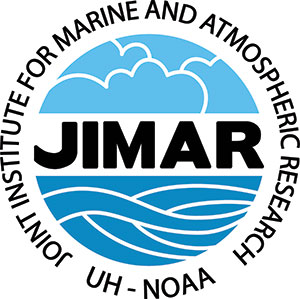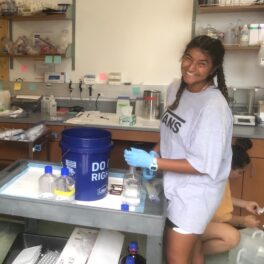JIMAR Visiting Scientists: Specializing in Measurements from Novel Platforms for Ocean Dynamics Investigations

JIMAR is sponsoring seminars and discussion opportunities with:
-Dr. Matthew Alford, Professor, Scripps Institution of Oceanography;
-Dr. James Girton, Principal Oceanographer, Applied Physics Lab., University of Washington.
To arrange individual meetings with the visiting scientists, please send your date/time availability to Doug Luther (dluther@hawaii.edu) or directly to Dr. Alford (malford@ucsd.edu) or Dr. Girton (girton@uw.edu).
Wednesday, March 13
MSB 100, 1:30-2:30 p.m.
Dr. Matthew Alford, Professor, Scripps Institution of Oceanography
Title: “Why Turbulence Matters for Understanding Climate Variability, and How Better Global Measurements of It Would Improve Predictions”
Abstract: The ArgoMix concept, adding sensors to Argo floats to measure vertical, turbulent mixing, and the rationale for routine global-scale turbulence measurements on the Argo array will be presented. The fundamentals and importance of ocean mixing will be reviewed, along with the techniques and state of the art of mixing measurements and how those have been and will be made on profiling floats. In particular, early results from the epsilometer or “epsi,” a new instrument my group has built for low-power, inexpensive and modular measurements of turbulence, will be described. The epsi is designed to be deployed from autonomous, towed or dropped platforms, and has greatly reduced the complexity and cost of such measurements. Next steps will be offered.
Thursday, March 14
MSB 315, 10:30-11:30 a.m.
Drs. Alford (SIO/UCSD), Girton (APL/UW), Voet (SIO/UCSD), and Carter (Ocean/UH)
Title: “Abyssal Flow Through the Samoan Passage”
Abstract: The Samoan Passage is the major gateway for deep water renewal in the North Pacific where virtually no bottom waters are formed locally. About 6 Sv (1 Sv ≡ 106 m3/s), more than half of the abyssal northward limb of the Pacific Meridional Overturning Circulation (MOC), flows through the Samoan Passage while smaller amounts flow across Robbie Ridge to the west and around the Manihiki Plateau to the east. As the bottom current is forced through the narrow channels and across the sills of the Samoan Passage it is strongly modified by turbulent mixing.
Friday, March 15
POST 723, 11:30 a.m.-12:30 p.m.
Dr. James Girton, Principal Oceanographer, Applied Physics Laboratory, University of Washington
Title: “Using Autonomous Vehicles to Explore Heat Transport, Melt Rates and Mixing Under an Antarctic Ice Shelf”
Abstract: In both Antarctica and Greenland, oceanic heat likely plays an important role in the recent acceleration of ice sheet melting and associated global sea-level rise. But direct observation of the processes delivering that heat to where it can melt ice have been limited. Recent successes using autonomous gliders and profiling floats under sea ice have inspired an innovative study of the seawater cavity under a floating ice shelf. Three Seagliders and four EM-APEX profiling floats (measuring horizontal velocity and microstructure in addition to temperature and salinity) sampled near and under the Dotson Ice Shelf in West Antarctica from January 2018 through March 2019. Initial analysis of the hundreds of kilometers of tracks obtained are being used to estimate ice melt rates, vertical mixing distributions, and lateral stirring processes.




